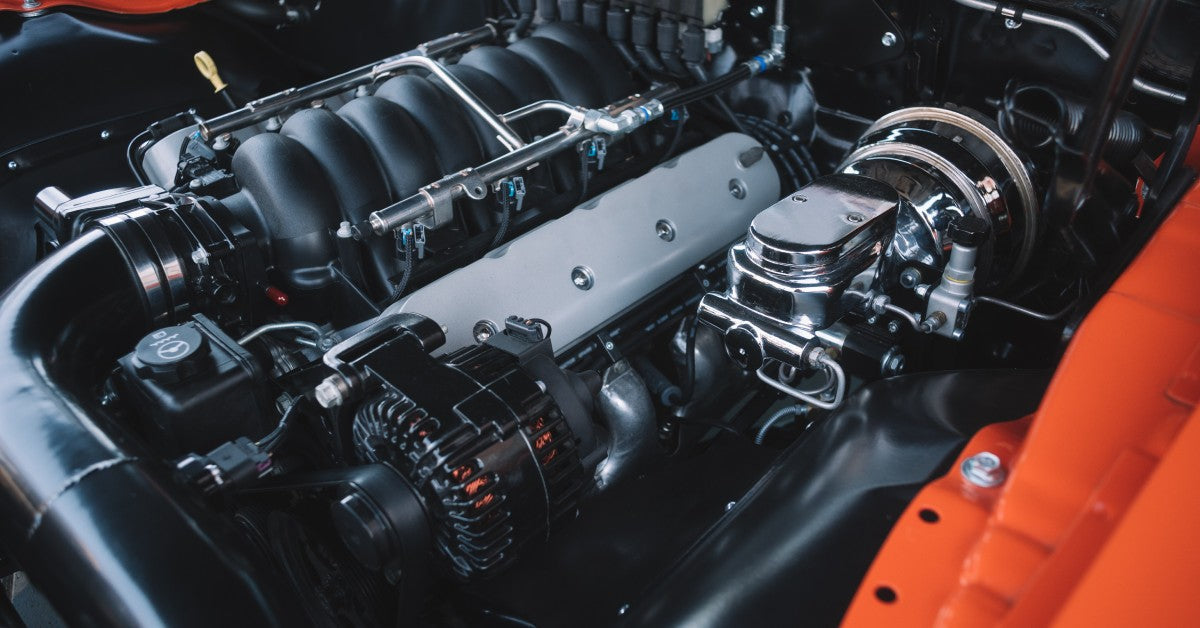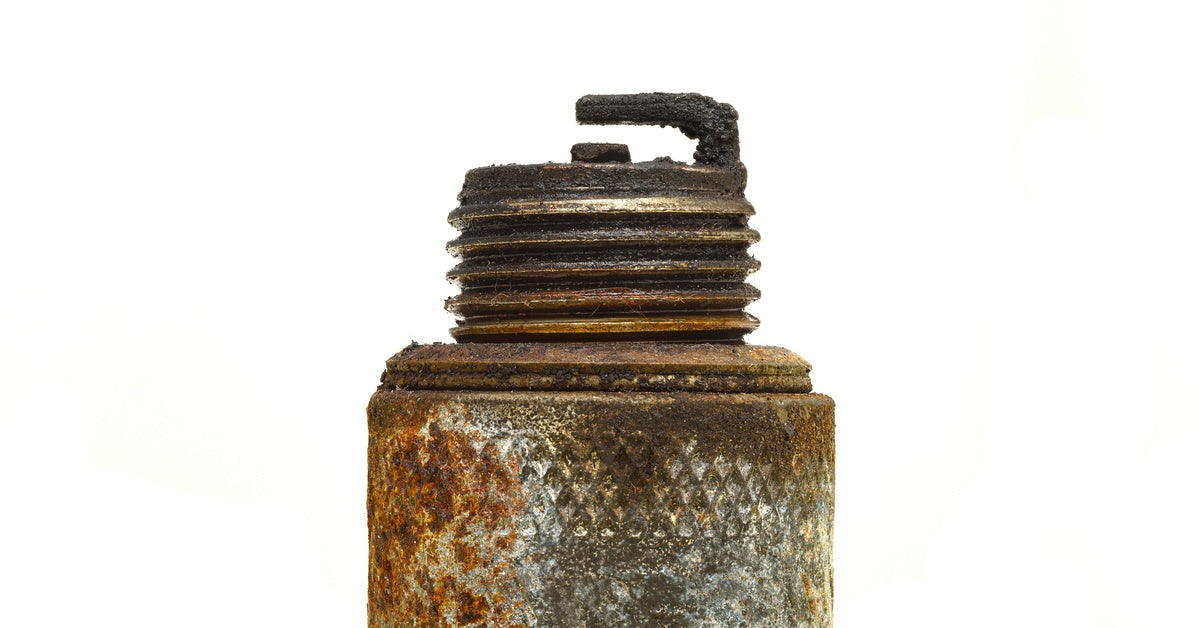If your lawnmower performs poorly after being stored all winter, it’s probably time for routine maintenance. Most of us fail to realize the importance of small engine maintenance as a benefit to our landscaping efforts, to our pocketbooks and to our environment. Typically, if it cranks, there is a tendency to put off any equipment maintenance until next weekend. After all, what’s the harm in waiting?

Make sure your lawn mower is really is a green machine with a new set of E3 spark plugs.
Well to start with, the Environmental Protection Agency estimates that older small engines like those used for lawn and garden equipment pose significant environmental problems. The EPA’s concern is based on the fact that poorly performing small engines are a major source of unburned fuel being emitted into the atmosphere through the engine’s exhaust system. In fact, recent studies suggest up to 30% of the fuel is emitted as unused “raw” gasoline.
Listed below are 5 Steps to Lawnmower Maintenance that can help you save gas, enjoy a more beautiful lawn and protect our environment in the process:
Step 1 – Check the Condition of the Gasoline
Inspect the gasoline that was left in your lawnmower’s tank and/or fill can during the dormant months. If you added a few drops of a fuel stabilizer before your equipment was stored, chances are the gasoline will be fine. If not, you may want to use a bulb siphon to remove the old fuel and start fresh. Since most pump gas today contains a percentage of renewable fuels like ethanol, it is always a good idea to inspect the motor’s carburetor for leaks. Some gasoline additives can have a harsh effect on metals, seals and gaskets.
Step 2 – Change the Engine Oil
Don’t even bother to inspect the engine oil. Just change it. Small engines will invariably crank easier and run smoother with fresh lubricants. Before you remove the drain plug, be sure to brush away any buildup of crude or debris. You should also use a catch pan and have the used motor oil disposed of properly. Avoid all temptations to pour any used motor oil on the ground as it can cause groundwater contamination that’s hazardous to everyone’s health. Most auto parts stores or hardware stores sell catch pans that can be returned to the store for disposal when it’s full.
Step 3 – Clean or Replace the Air Filter
Inspect the air filter. Most lawnmower air boxes have a wing nut for easy removal of the top plate. Remove the filter and carefully clean the air box with a soft cloth before reinstalling. Small engine air filters are relatively inexpensive and most were designed to be replaced rather than cleaned. If you’re in a bind and the filter is only mildly soiled, you can tap the unit squarely against a flat surface to remove excess debris. But, the airflow to your small engine is equally important as the fuel and spark, so pick up a new filter soon. In the long run, it will likely save you money and time.
Step 4 – Inspect the Cutting Edge of the Blade
Inspect the lawnmower’s blade. A dull blade can cause your gasoline-powered lawnmower engine to labor under the extra load as the blade drags through the grass that’s being cut. This causes your engine to use more fuel and often leaves your lawn with an uneven cut. If the forward edge of your lawnmower’s blade is rounded or dull, most small engine repair shops can sharpen the cutting edge. However, if the blade is gouged or chipped, installing a new blade is the better solution. In fact, a study at the University of Nebraska suggests lawnmowers with sharp blades use roughly 20% less fuel than mowers with worn blades. Plus, sharp blades cut your grass tips cleanly to produce a better looking and healthier lawn.
Step 5 – Install a New Spark Plug
According to the EPA, a traditional gas powered lawn mower can produce about the same amount of pollution as 40 new cars driven 12,000 miles. Since E3 spark plugs burn fuel more completely in the engine’s cylinder, installing a new plug (see the E3 Catalog for crossover numbers) in your lawnmower or leaf blower will save gas and your motor will emit less pollution into the air that we breathe. Plus, E3 spark plugs last longer and will help to reduce the growing number of spark plugs that end up in landfills around the world.
Approximately 54 million Americans mow their lawns every week, burning about 800 million gallons of gas per year and emitting tons of harmful pollutants into the atmosphere. Since lawn and garden equipment is loosely regulated, there is a growing concern that poor lawnmower maintenance may add to our nation’s problems with air pollution. As the saying goes, “Think Globally, Act Locally” and one of the best ways to fight global warming is getting better mileage from your small gas-powered engines. So, set a schedule for regular maintenance of your lawn and garden equipment and help reduce the amount of carbon monoxide, carbon dioxide and other harmful hydrocarbons that escape into the air we breathe.







